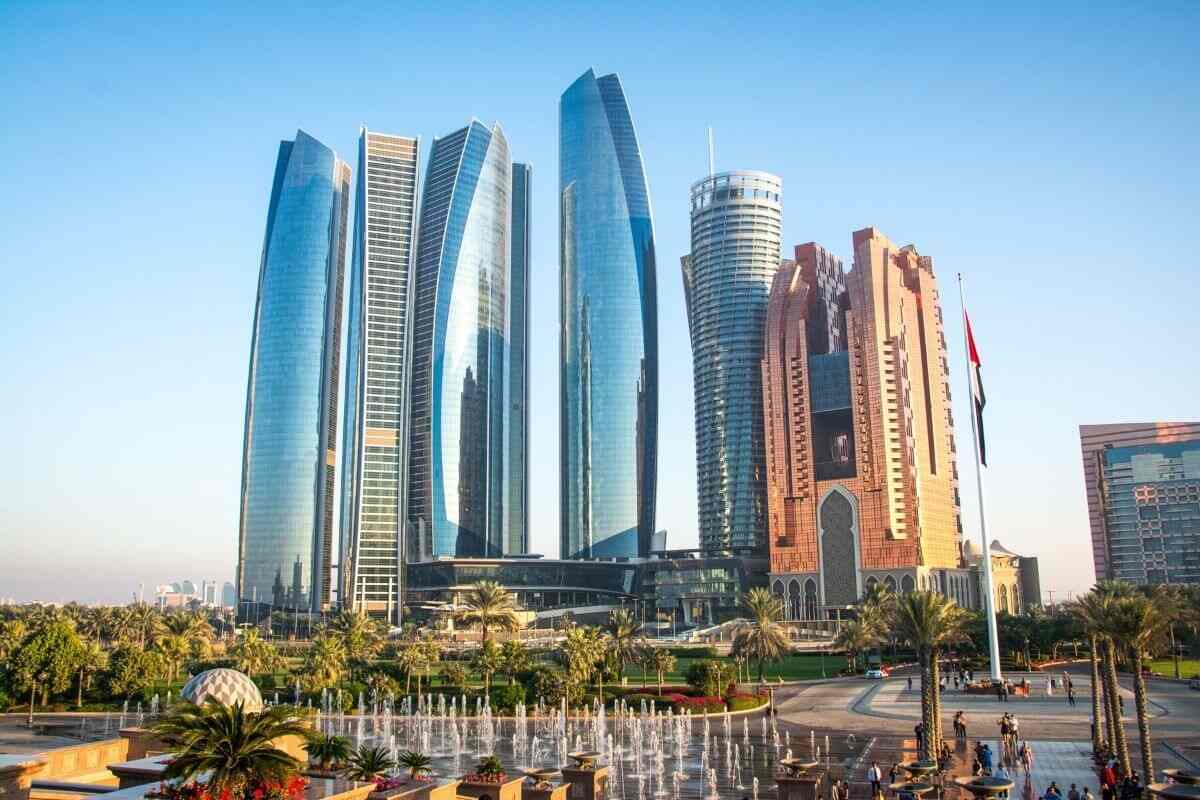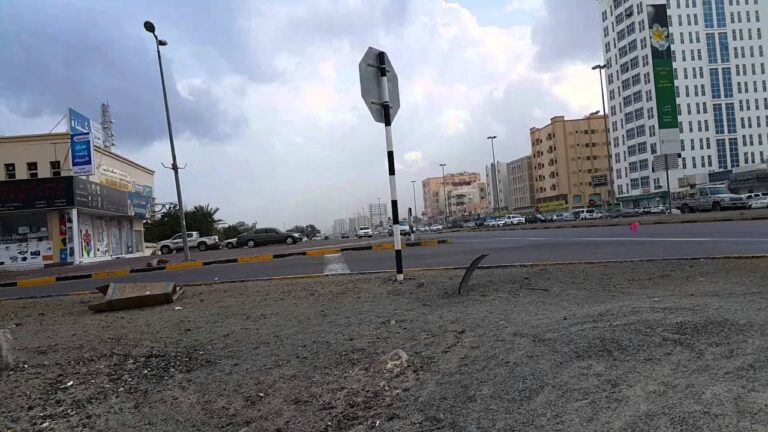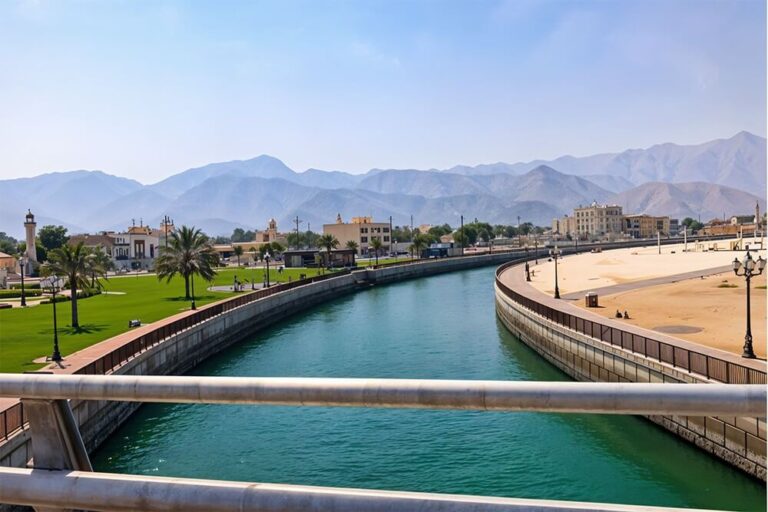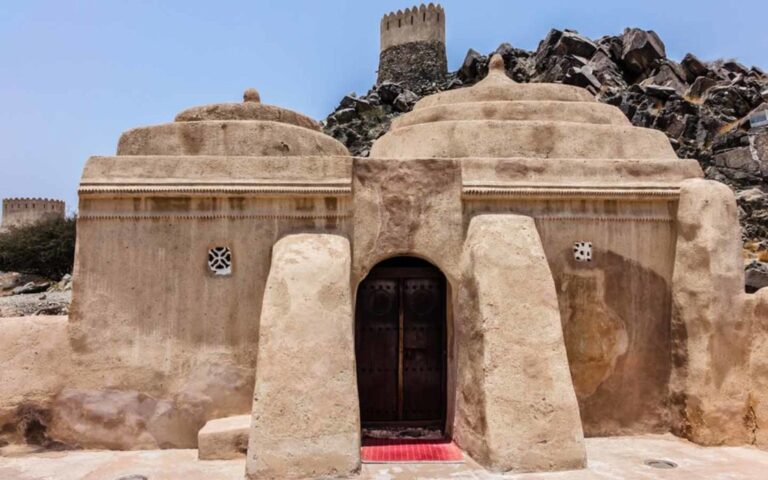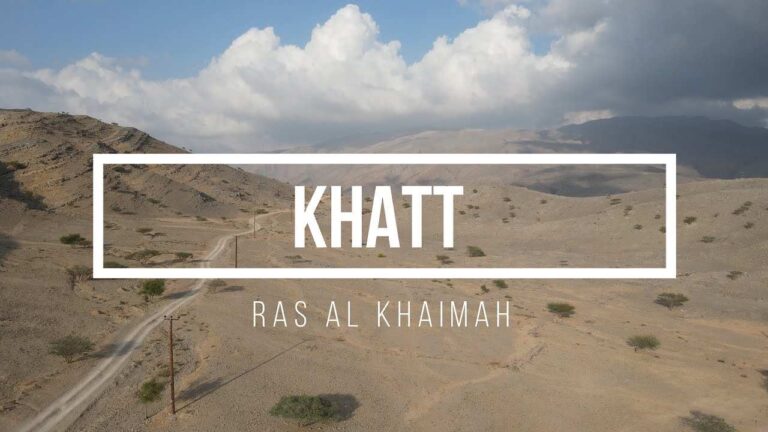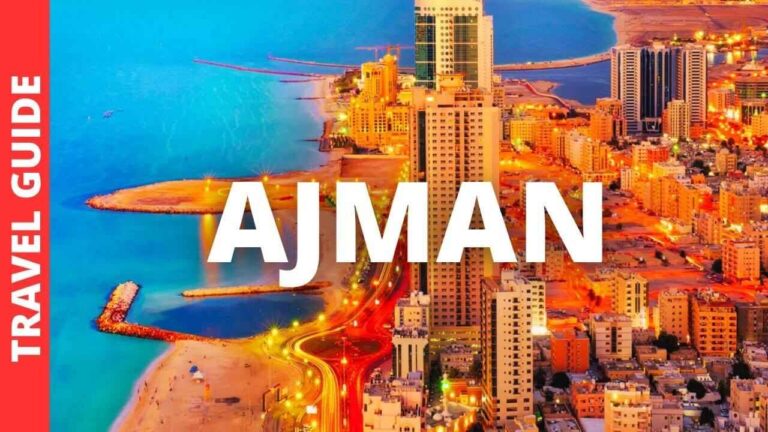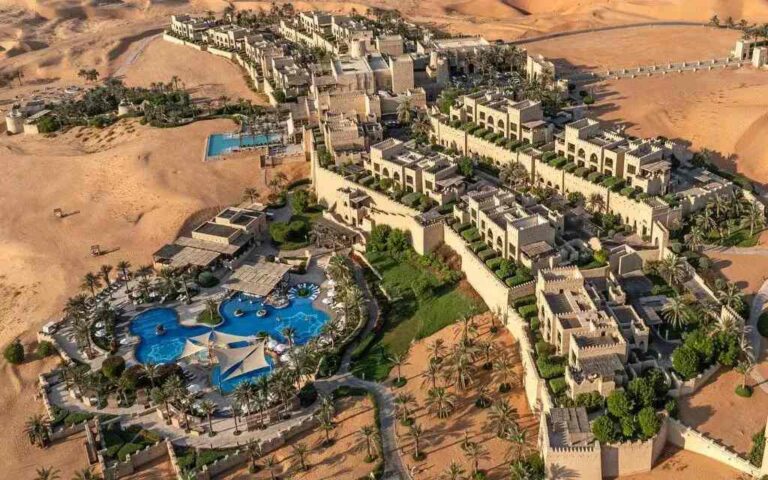Abu Dhabi, UAE: The Capital Powerhouse of the Emirates
Did you know that Abu Dhabi manages over a trillion dollars in sovereign wealth—making it one of the wealthiest cities on Earth? Beyond the shimmering skyline and wide avenues lies a city that has quietly, but powerfully, shaped the UAE’s destiny. More than just the capital, Abu Dhabi is the political heartbeat, energy epicenter, and cultural soul of the nation.
A City Built on Vision, Wealth, and Wisdom
Abu Dhabi, capital of both the Emirate of Abu Dhabi and the United Arab Emirates, is more than just a seat of power—it’s a story of resilience, ambition, and reinvention. Located on a T-shaped island jutting into the Persian Gulf, the city has grown from a modest pearling village into a global capital of energy, diplomacy, and culture.
Today, Abu Dhabi boasts an estimated population of over 2.5 million, much of it concentrated in its thriving urban core, while suburbs like Khalifa City and Mussafah anchor its sprawling metropolitan footprint. The city’s transformation is no accident—it’s powered by massive oil reserves, sophisticated urban planning, and the visionary leadership of the Al Nahyan ruling family.
History Rooted in Survival and Strategy
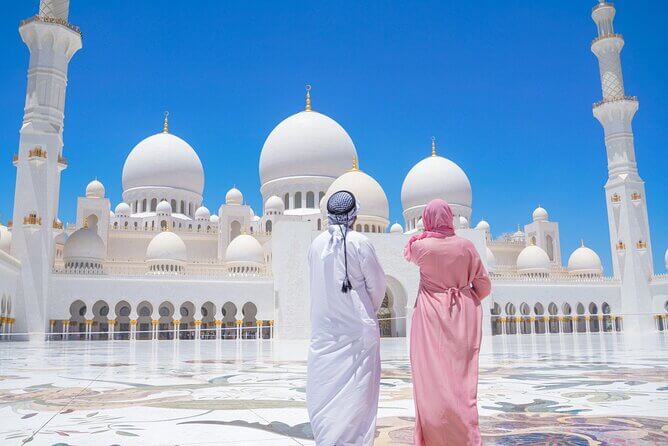
Long before the towering skyscrapers and billion-dollar investments, Abu Dhabi’s story began in the Liwa Oasis, where the Bani Yas tribe, led by the Al Nahyan family, first settled. A hunting expedition in 1761, in pursuit of a gazelle (dhabi), led them to a freshwater source along the coast. That moment sparked the founding of Abu Dhabi—literally “Father of the Gazelle.”
Pearling dominated its economy for centuries. The Gulf’s pristine waters yielded some of the world’s finest natural pearls. Divers worked grueling hours—diving up to 50 times a day without oxygen tanks. But by the 1930s, the rise of Japanese cultured pearls and the Great Depression triggered a devastating economic collapse.
From Oil Discovery to Global Relevance
Everything changed in 1958 when oil was discovered in the Umm Shaif field. That moment marked Abu Dhabi’s transition from subsistence to significance. Commercial production began in the 1960s, propelling the city into an era of rapid modernization. However, early development was sluggish due to conservative leadership. That changed in 1966, when Sheikh Zayed bin Sultan Al Nahyan—the visionary father of the nation—took charge.
Under Sheikh Zayed, roads, housing, utilities, and national institutions flourished. By the time the UAE was formed in 1971, Abu Dhabi was already establishing itself as a cornerstone of the federation. In 1996, it was officially named the permanent capital of the UAE.
Economic Titan with a Global Portfolio
Abu Dhabi is not just the UAE’s capital—it’s its economic anchor, contributing nearly two-thirds of the nation’s $500+ billion GDP. The Abu Dhabi Investment Authority (ADIA), headquartered in the city, is one of the world’s top sovereign wealth funds, with assets exceeding $1 trillion USD.
Oil remains the lifeblood of the economy, with fields like Bu Hasa, Lower Zakum, and Asab continuing to produce at scale. However, the city’s ambitions go far beyond hydrocarbons. Abu Dhabi is investing in clean energy (Masdar City), logistics, finance, technology, and tourism, signaling a bold shift toward a post-oil future.
Politics and Diplomacy: The Nerve Center of the UAE
Abu Dhabi hosts the UAE’s federal government, including the Presidential Palace (Qasr Al Watan), the Federal National Council, and nearly all major ministries. It is also the home of the Supreme Petroleum Council and the Supreme Council for Financial and Economic Affairs, positioning the city as a major player not just in domestic governance but also global diplomacy.
The emirate plays a central role in foreign relations, humanitarian aid, and regional stability, reflecting the leadership’s commitment to both tradition and global engagement.
Urban Identity: Elegance, Grandeur, and Sustainability
Designed with grace and ambition, Abu Dhabi’s cityscape is a harmonious blend of Islamic architecture, green boulevards, and iconic structures. It’s not just modern; it’s deliberate.
Infrastructure Highlights:
- Sheikh Zayed Grand Mosque – One of the largest and most beautiful mosques in the world
- Louvre Abu Dhabi – A symbol of cross-cultural dialogue and global art
- Etihad Towers & Qasr Al Hosn – Reflecting both contemporary luxury and historical legacy
A network of mega bridges—Maqta, Mussafah, Sheikh Zayed Bridge—links Abu Dhabi Island to the mainland and key areas like Saadiyat, Yas Island, and Al Reem. Residential expansion continues across Khalifa City, Al Raha, and Al Shahama.
Climate, Nature, and the Soul of the Gulf
Abu Dhabi’s hot desert climate (BWh) means sunshine is nearly constant, with summer highs regularly topping 40°C (104°F). While sandstorms occasionally reduce visibility, winters bring welcome relief with milder days and morning fogs that drift through the mangroves.
Nature lovers will appreciate the Mangrove National Park, home to unique flora and fauna, and the Gulf’s largest population of Indo-Pacific humpback dolphins. This ecological richness underscores Abu Dhabi’s quiet but growing environmental stewardship.
Culture and Heritage: From Pearls to Progress
Heritage lives on in Qasr Al Hosn, the city’s oldest stone building and former royal residence. Today, festivals like the Mother of the Nation Festival, Abu Dhabi Art, and Abu Dhabi Film Festival celebrate the emirate’s past and future.
Cultural landmarks like the Louvre Abu Dhabi, Manarat Al Saadiyat, and Warehouse421 reveal the city’s ambition to become the cultural capital of the Arab world.
Abu Dhabi vs. Dubai: Different By Design
While comparisons with Dubai are inevitable, Abu Dhabi charts its own course. If Dubai is the high-octane showman, Abu Dhabi is the measured statesman—less flash, more foresight. It’s a place of deliberate investment, rich traditions, and a slower, more curated pace of life.
Internal Links for Exploration
- Sheikh Zayed Grand Mosque: An Architectural Wonder
- Inside Masdar City: Abu Dhabi’s Green Innovation
- Why Abu Dhabi’s Cultural District is Redefining the Arab World
- The Rise of Abu Dhabi as a Tech Hub
fAQs About Abu Dhabi
Is Abu Dhabi different from Dubai?
Yes. While both are major cities in the UAE, Abu Dhabi is the capital, known for its political importance, wealth, and cultural depth. Dubai is more commercial and tourism-focused, often flashier and faster-paced.
Is Abu Dhabi a city or a state?
Both. Abu Dhabi is the capital city of the Emirate of Abu Dhabi, which is the largest of the UAE’s seven emirates. It also serves as the national capital of the UAE.
What is the currency of Abu Dhabi?
Like the rest of the UAE, the currency is the UAE dirham (AED). It is pegged to the US dollar for financial stability.
Why is Abu Dhabi famous?
- Abu Dhabi is globally renowned for:
- Being the capital and political center of the UAE
- Hosting one of the world’s richest sovereign wealth funds (ADIA)
- Housing landmarks like the Sheikh Zayed Grand Mosque and Louvre Abu Dhabi
- Leading the UAE’s energy industry with vast oil and gas reserves
- Its thoughtful, sustainable urban planning
Abu Dhabi isn’t just a city—it’s a statement. A city that rose from the sand with wisdom, built an empire on resilience, and continues to lead with vision. For more local insight, travel stories, and breaking news from across the Emirates, stay tuned to UAEbreaking.com—your trusted lens on the UAE.
- Al Bidiyah, Fujairah: A Spiritual Landmark Anchored in Time - July 24, 2025
- Qidfa’, Fujairah: The Oasis Town Rooted in Water and Wisdom - July 24, 2025
- Mirbah, Fujairah: The Coastal Hamlet Where Mountains Meet the Sea - July 24, 2025

